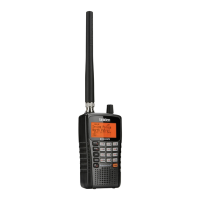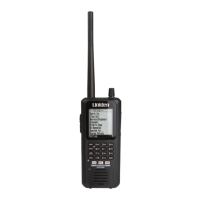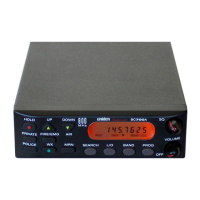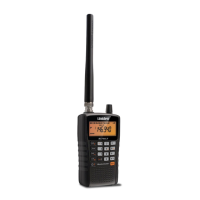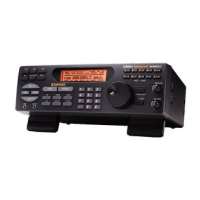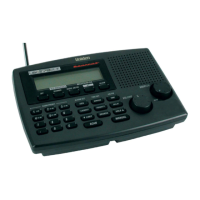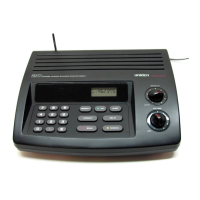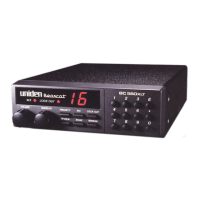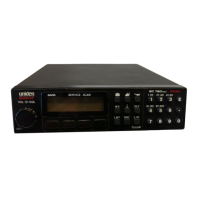Edit Band Plan (Motorola Custom/VHF/UHF/P25 only) Custom band plans require that you enter both a lower and an upper base frequency value. The lower
base frequency (or base) is always the base frequency as provided in the
Radio Reference Database. Use this Excel spreadsheet to calculate the upper base frequency
value:
CustomBandPlanCalculator.xls. If you don't have Excel you can download and install a viewer here. If you don't have the lower and an upper base frequency
values, the
Trunked Radio Systems User’s Page has an explanation on how to find them. Look for 'Determining Base and Offset Frequencies for the BC245xlt' by John C.
For P25 Systems: there are two types of P25 systems: Explicit mode and Implicit mode channel assignment. Explicit mode systems include all information
needed to determine voice frequencies on the control channel. For Explicit mode systems, leave all entries blank. The system will automatically detect the band
plan and fill in the entries. You must supply the system's band plan for Implicit systems for the scanner to correctly determine voice frequencies.
Scroll to 'Edit Band Plan' and press E/yes.
At 'Select Plan' scroll to 'Band Plan 1-6' and press E/yes.
At 'Set Base Freq' press E/yes.
Enter base frequency and press E/yes.
At 'Set Spacing' enter the step size and press E/yes.
Repeat for each band plan as needed. Press 'Menu' to return.
For Custom (rebanded) Motorola Systems: (Requires firmware 3.00 or newer). Allows you to create a Motorola 800 MHz system using a custom band
plan for rebanded systems.
Scroll to 'Edit Band Plan' and press E/yes.
At 'Select Plan' scroll to 'Band Plan 1-6' and press E/yes.
At 'Set Base Freq' press E/yes.
At 'Input Lower' enter the lower base frequency and press E/yes.
At 'Input Upper' enter the upper base frequency and press E/yes.
Scroll to 'Set Offset' and press E/yes.
At 'Input Offset' enter the offset and press E/yes.
At 'Select Polarity' scroll to + or - and press E/yes.
Scroll to 'Set Spacing' and press E/yes.
Scroll to the step size and press E/yes.
Press 'Menu' to return and repeat for each band plan as needed. Press 'Menu' to return.
For standard rebanded systems, you need to set Band Plan 1 and Band Plan 2 as follows:
Band Plan Lower Base Freq Upper Base Freq Offset Polarity Spacing
1 851.025 854.000 440 + 25 kHz
2 851.0125 868.9875 0 + 25 kHz
For VHF/UHF Motorola Systems allows you to set the base frequency, step size, and offset for the system. A band plan is required so the scanner can
correctly determine the voice channel frequency. You can set up to 3 different band plans.
Scroll to 'Edit Band Plan' and press E/yes.
Scroll to 'Band Plan 1' and press E/yes.
At 'Input Base Freq' enter the base frequency and press E/yes.
At 'Select Step' scroll to the step size and press E/yes.
At 'Offset' enter the offset and press E/yes.
Repeat for each band plan. Press 'Menu' to return.
Contents
Edit Fleetmap (Motorola Type I only) allows you to select a preprogrammed fleetmap or program a fleetmap for Motorola Type I systems. You must program a
system fleet map in order for the scanner to properly track and display talk group ID's. If you don’t know which fleet map to use, you can try a method I found at Radio
Reference.com. Since it is rather lengthy, I will just give you the link.
Determining Type I Motorola Fleet Maps by Dave Goodson.
Scroll to 'Edit Fleetmap' and press E/yes.
